Year 9 English
Year 9 English tutoring at Matrix is known for helping students build strong reading and writing skills.
Learning methods available
Select a year to see available courses
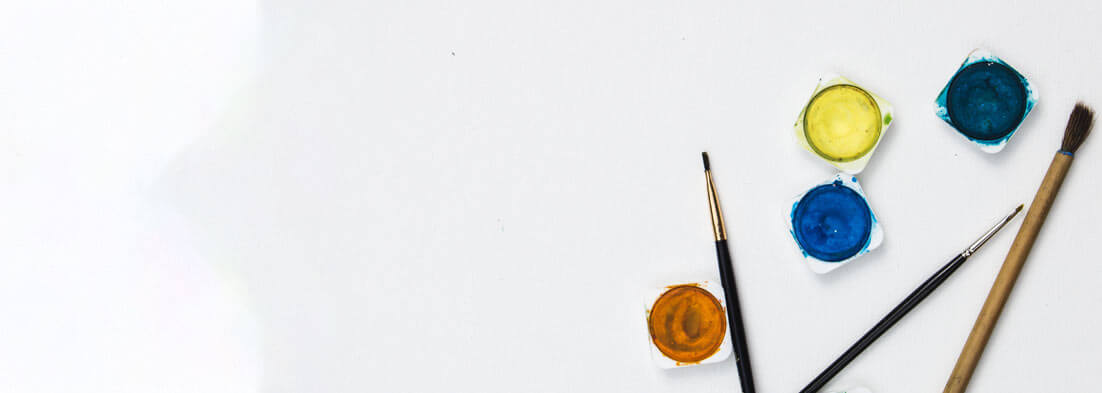
Guide Chapters
Do you find yourself analysing the words on a visual text more than the image itself? Don’t worry! In this post, we will ensure that you know how to analyse images and bring your English to the next level!
Before we were writing epic poetry, humans were communicating with images. Cave paintings in France, Indonesia, and Australia date back over 30,000 years.
Humans respond and understand visual information readily. This is why we have so many logos or recognisable symbols in our day to day lives.
This is also why you will likely have to analyse images in the HSC.
In High School English, you will be expected to know how to analyse a range of visual images – paintings, comics, cartoons, graphic arts, photographs – in reading tasks.
We live in a visual-oriented world. This means that we rely on our sight more than any other senses.
According to Social Science Research Network, more than 65% of humans are visual learners. This means that people can recognise and retain visual information more than any other source.
From a young age, we recognise symbols and visual aids and associate it with meaning.
For example, red lights mean stop, and green lights mean go.
It is our way of communicating with others.
Visual literacy is the ability to understand meaning and communicate using visual images, not words.
Visual literacy allows us to interpret and critically search for meaning using only visual aids.
Also, visual literacy can help us make meaning out of words. When we read difficult texts, we are always told to “imagine it play out in your head”. This is because visual information help us understand things better.
Yes! Don’t neglect analysing charts and graphs: the Stage 4 English Syllabus requires you to study them too!
Interpret and evaluate the effectiveness of information and ideas conveyed in diagrammatic representation, eg. charts, graphs, timelines and surveys.
Charts and graphs are considered as texts because they present information in a specific way to represent and communicate meaning. Often, it is very straight forward.
We will go through how to analyse these texts further in the article.
Remember, artworks are also considered as visual texts because they convey meaning through the way they present their information.
This includes paintings, photographs, sculptures, installation etc.
When we analyse art, we can’t just look for the literal meaning of what you see. Unlike charts and graphs, art is more abstract.
You need to critically think and search for hidden meanings. Recognise visual hints and figure out what they represent.
In our Year 9 English Course, we go through essential English skills and help you practice and gain confidence in using them.
In High School English, you will come across different types of visual texts that you need to know how to analyse:
Let’s see what they are:
Pictures, photographs, paintings and collages are some of the most common visual texts that you will see.
When you analyse these types of images, you need to take context into consideration.
This is because visual texts are all about abstract meaning. So, it is important that you know the composer’s context to really know what they are trying to say.
These are some techniques that you need to consider:
Obviously, you should be looking at visual techniques.
However, one of the main techniques you need to use is SYMBOLISM.
You should always relate visual techniques to meaning. Figure out what the subject represents. Link it back to the composer’s purpose.
Sculptures are three-dimensional artworks. They are usually made of clay, marble or wood. However, they can also be part of larger installations.
When you analyse sculptures think about:
Remember, they are 3-dimensional. This means that audiences will have a more intimate and direct connection with the sculpture.
Keep this in mind when you are trying to figure out the composer’s purpose and link your analysis to this finding.
Multimedia texts use a combination of different forms like text, images, video, animation and/or audio to present their information in a new way.
When you analyse these texts, you need to look at different visual techniques that are specific to the forms used.
For example, House of Leaves by Mark Z. Danielewski is a bricolage literature text.
This means that it presents the story in a very unconventional way.
Some sentences create square shapes. Some pages are empty, whilst others are crowded with words overlapping each other. Sometimes, you need to flip the book upside down to read it.
The way the words are visually presented in this multimodal text, reflect what is going on in the story.
Take a look at how it challenges textual conventions.
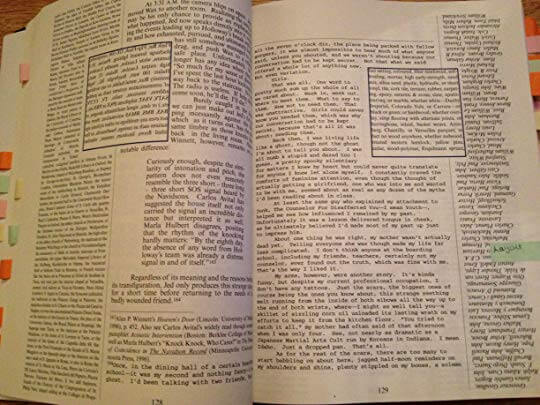
As you see, multimodal texts can be visually presented in various ways. You need to figure out why the composer chose that particular technique and analyse it.
Graphic novels are comics that are usually of novel length. Picture books are books where the narrative is told mainly through images, with a few or no words at all.
Picture books and graphic novels use visual techniques to convey meaning. Click here to see the TABLE.
However, graphic novels also have their own set of unique techiques:
When you analyse a graphic novel or picture book, make sure you use techniques that are unique to their form.
Always think critically. Ask yourself why certain visual aids are used and what it represents. Always dig deeper for meaning.
Graphs, charts and infographics represent their information in a literal way. They usually present statistics, data or some sort of scientific information.
As you see in the above image, charts and graphs portray information in a very direct way. Each colour represents something different. There are percentages and numbers.
Everything is very literal. However, that DOESN’T mean that there is no interpretation.
You need to interpret the key, figure out what the data represents, identify the percentage of different categories etc.
You may even be asked to infer information from the data. Eg. There is a trend of lung cancer in smokers.
Just because graphs, charts and infographics give you statistics and data, that doesn’t mean that the work is done for you.
When you analyse visual texts, it is important that you aren’t just analsying the words on the image.
This means that you need to look at the techniques that are UNIQUE to visual texts.
Here is a list of techniques:
Technique |
Details |
Example |
| Close-up shot | When the camera is positioned very close to the subject. It makes a more intimate feel. |  |
| Colours/Hue/Tone: | Think about the colour choices and what they represent. | 
Cool colours = sad or sombre |
| Composition | Notice where certain things are place and how it helps convey the message. Think about objects, surroundings, and even what is omitted. | 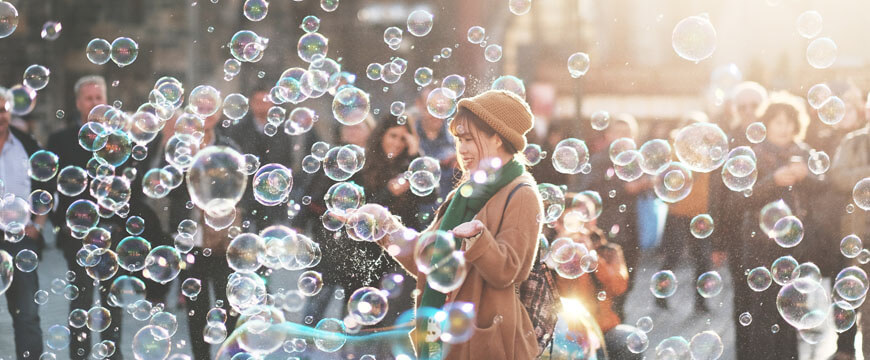
The bubbles make the composition crowded. |
| Contrast | How oppositional or different elements are placed together to create conflict, interest, drama etc. | 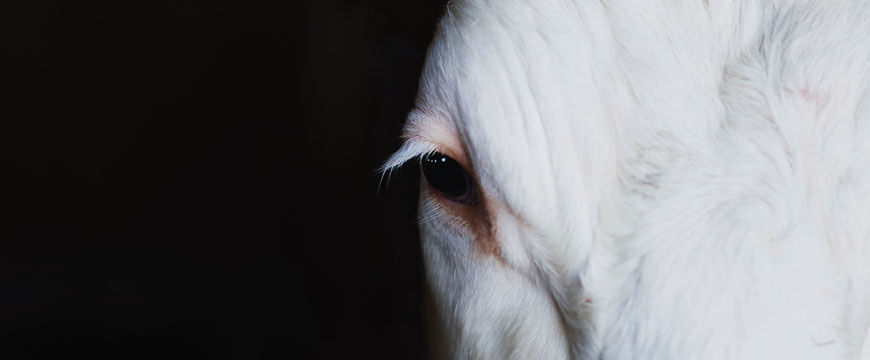 |
| Extreme close-up shot | Camera is positioned so close to the subject that it only focuses on one specific aspect. | 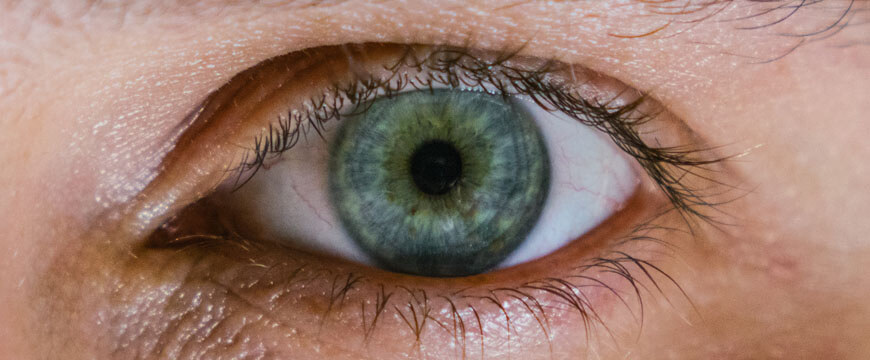 |
| Facial expressions | Looks at what emotion is represented on the face. |  |
| Foreground / Background | Foreground refers to what is placed at the front of the image and background is what is in the back. Usually, the placement of objects indicate their significance. | 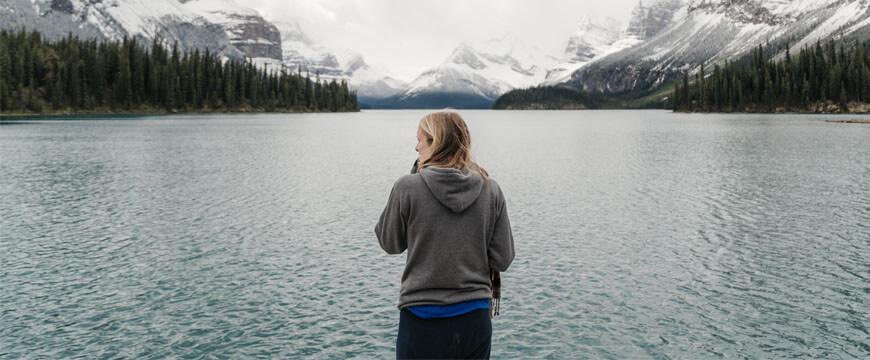 |
| Gaze | The direction that the subject is looking at. This can be directly at the audience, or something within the visual text. | 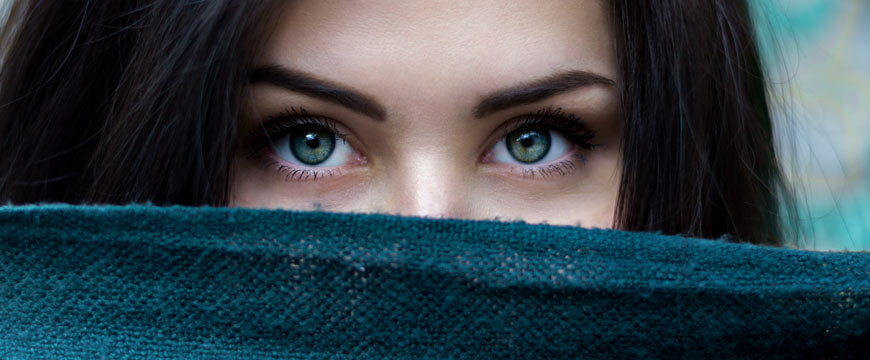
Direct gazes makes the connection between the audience and subject more intimate. It can also challenge the audience. |
| Gestures / Body language | This refers to the way the body conveys feelings or emotions. | 
Holding hands indicates closeness or love. |
| High-angle shot | When the camera is placed higher than the subject, and looks down on them. It usually makes the subject look inferior. | 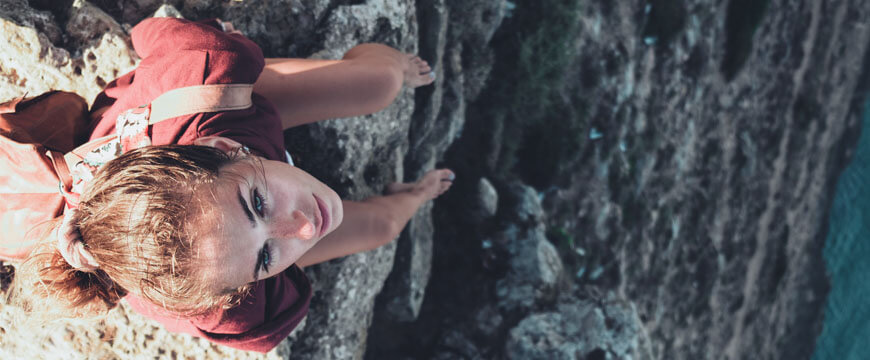
Makes the subject seem smaller and vulnerable. |
| Lighting | Refers to how illuminated the image is. It can be bright lighting, dim lighting or even a filtered lighting. | 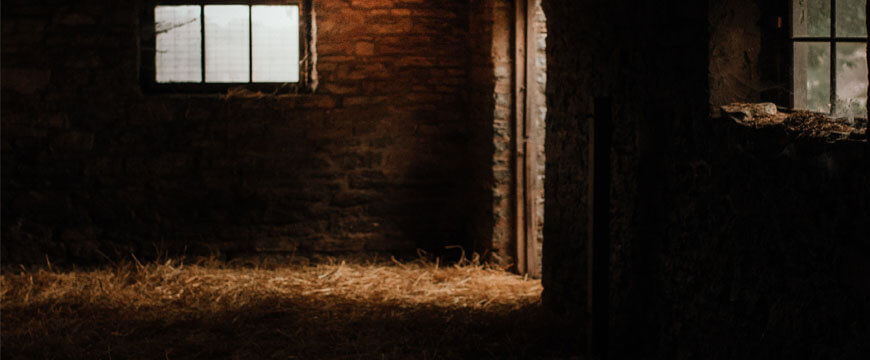
Dim lighting = mysterious or scary |
| Low-angle shot | When the camera is placed below the subject and looks up at them. It often makes the subject seem superior. | 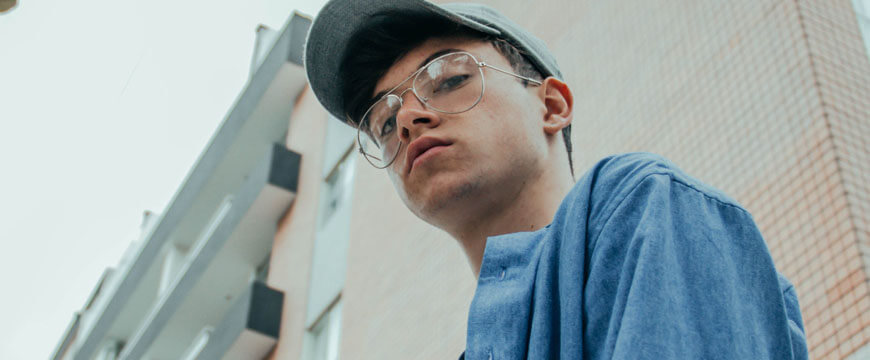
Creates a superior or authoritative vibe. |
| Mid-shot | When the camera captures a subject from a medium distance. Usually, for humans, it is from the waist up. | 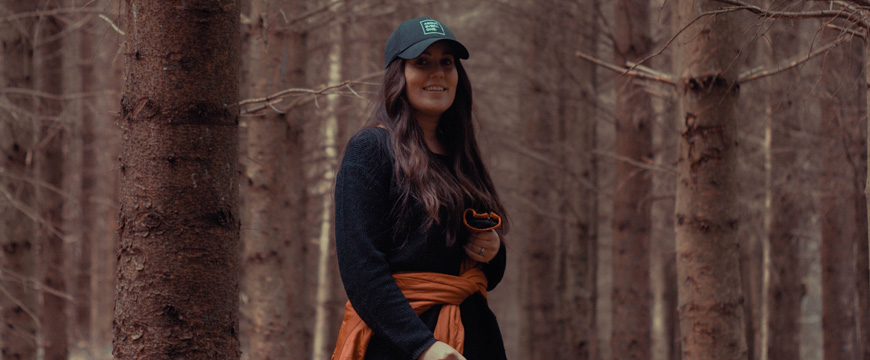 |
| Point of view | Viewing the world from a specific character’s perspective. |  |
| Salient image | The first element that grabs the viewer’s eye. It stands out and is usually important in conveying meaning. | 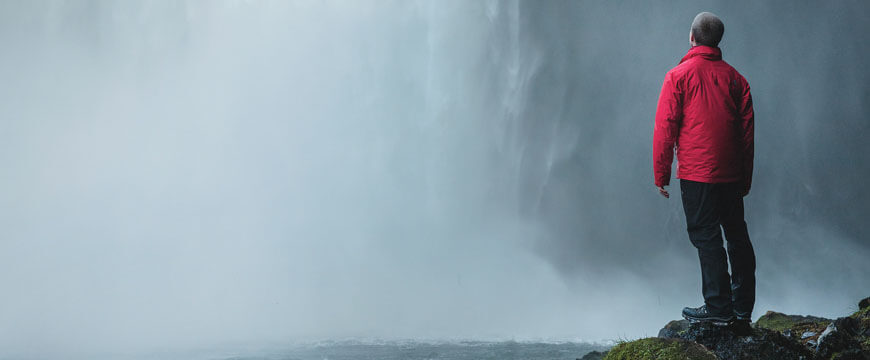
Salient images can be created through colours, space, vectors or layout. |
| Size | Can be large or small. The size of a subject can indicate their significance in the visual text, and convey meaning. | 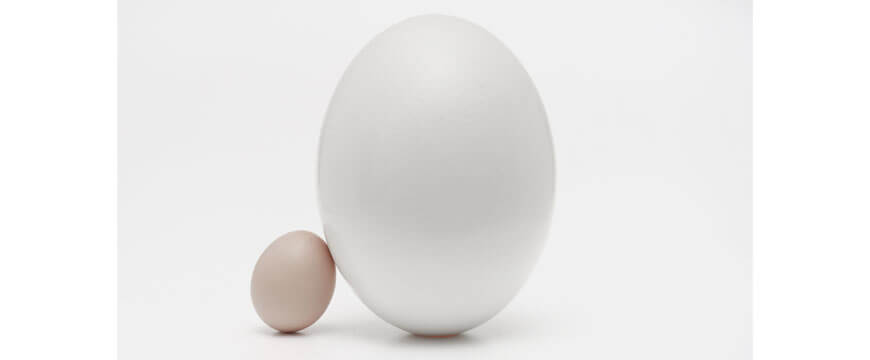 |
| Space | This refers to the empty parts of an image. | 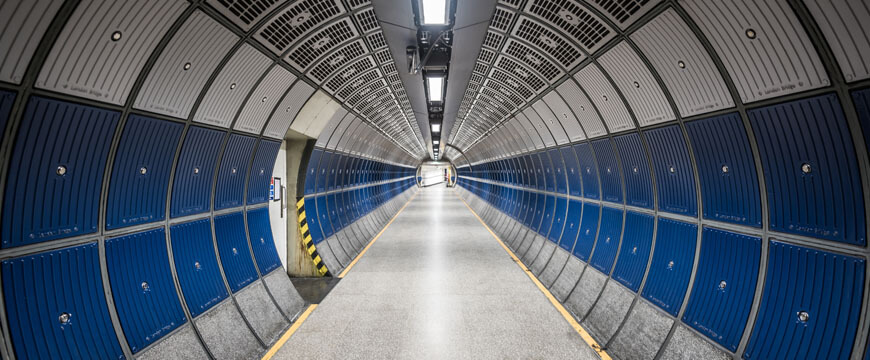
Empty space can indicate isolation or lonliness. |
| Speech bubbles | They consist of circles, clouds, squares, spikes that include texts. The bubble type often indicate how we read a text. So, it is a way of conveying meaning in graphic novels or comics. | 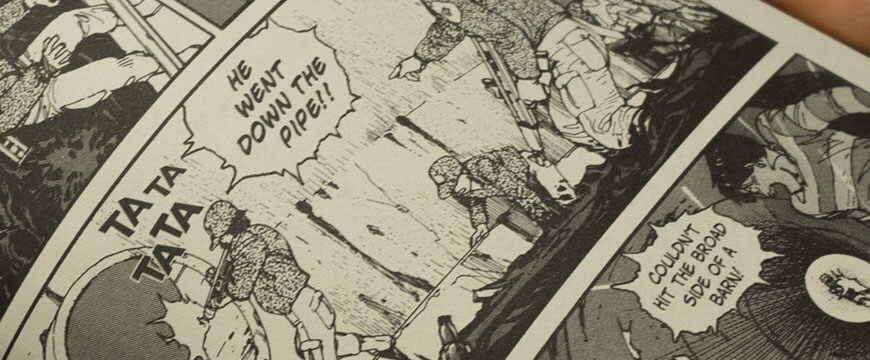 |
| Texture | Does the image look rough or smooth? Texture can represent meaning in works. | 
Rough texture can give a rustic or earthy feel. |
| Vectors | Refer to the lines that direct our reading path in the visual text. They usually travel from salient images and lead our eyes through the rest of the image. | 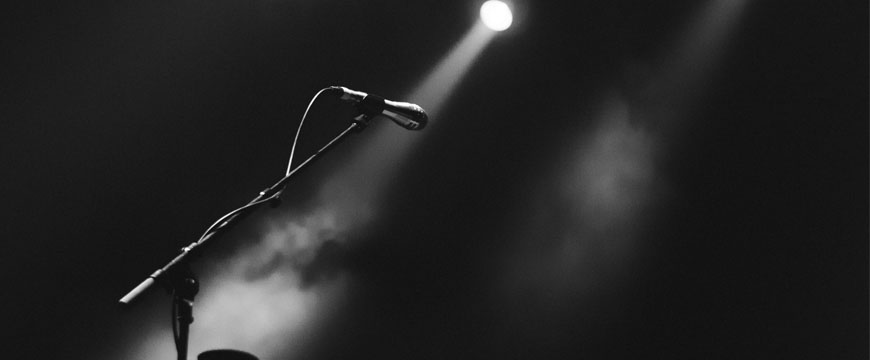
The light beam acts as a vector to the microphone. |
Click here to see the full list of VISUAL TECHNIQUES.
Analysing visual texts might seem daunting, but it really isn’t!
We will guide you through these easy steps, using March as an example to analyse visual texts.
Here is a page that we will analyse.
March is an autobiographical, graphic novel about the US Civil Rights Movement, told through the perspective of US Congressman and civil rights leader, John Lewis. He wrote it with the help of Andrew Aydin and Nate Powell.
Here, you are trying to get an overall understanding of the text. This means looking at the text and what it is presenting.
Take a good look at the visual text. Read any text on the image and citation box.
To do this, let’s ask ourselves a few questions:
Matrix students are taught a method to understand and analyse texts. This step helps you build comprehension.
Let’s apply this to March.
Now that you know the general meaning of the visual text, you need to find techniques.
This means identifying them and interpreting what it represents.
To do this, you need to firstly, identify the techniques.
Remember, you are looking at visual techniques!
Of course, you can also analyse literary techniques if the image has text, but your focus should be on VISUAL, not literary.
In this step, you are looking for meaning and analysing.
Let’s take a look at what we can see in March:
You would want to take note of these features to assist you in your close analysis.
Step 3: Third Reading – Deep analysis
This is when you figure out the significance of the technique and link it to the purpose of the text.
To do this, you need to know the general purpose of techniques and link it to the subject and context of the visual technique.
In other terms, find what the technique means and how it relates to the composer’s purpose.
Let’s take a look at March:
Considering all of this, we can conclude that society is racist towards people of colour. Lewis is not only confronting us of this truth, but he is also compelling us to actively fight for equal rights like the black people are doing.
© Matrix Education and www.matrix.edu.au, 2023. Unauthorised use and/or duplication of this material without express and written permission from this site’s author and/or owner is strictly prohibited. Excerpts and links may be used, provided that full and clear credit is given to Matrix Education and www.matrix.edu.au with appropriate and specific direction to the original content.